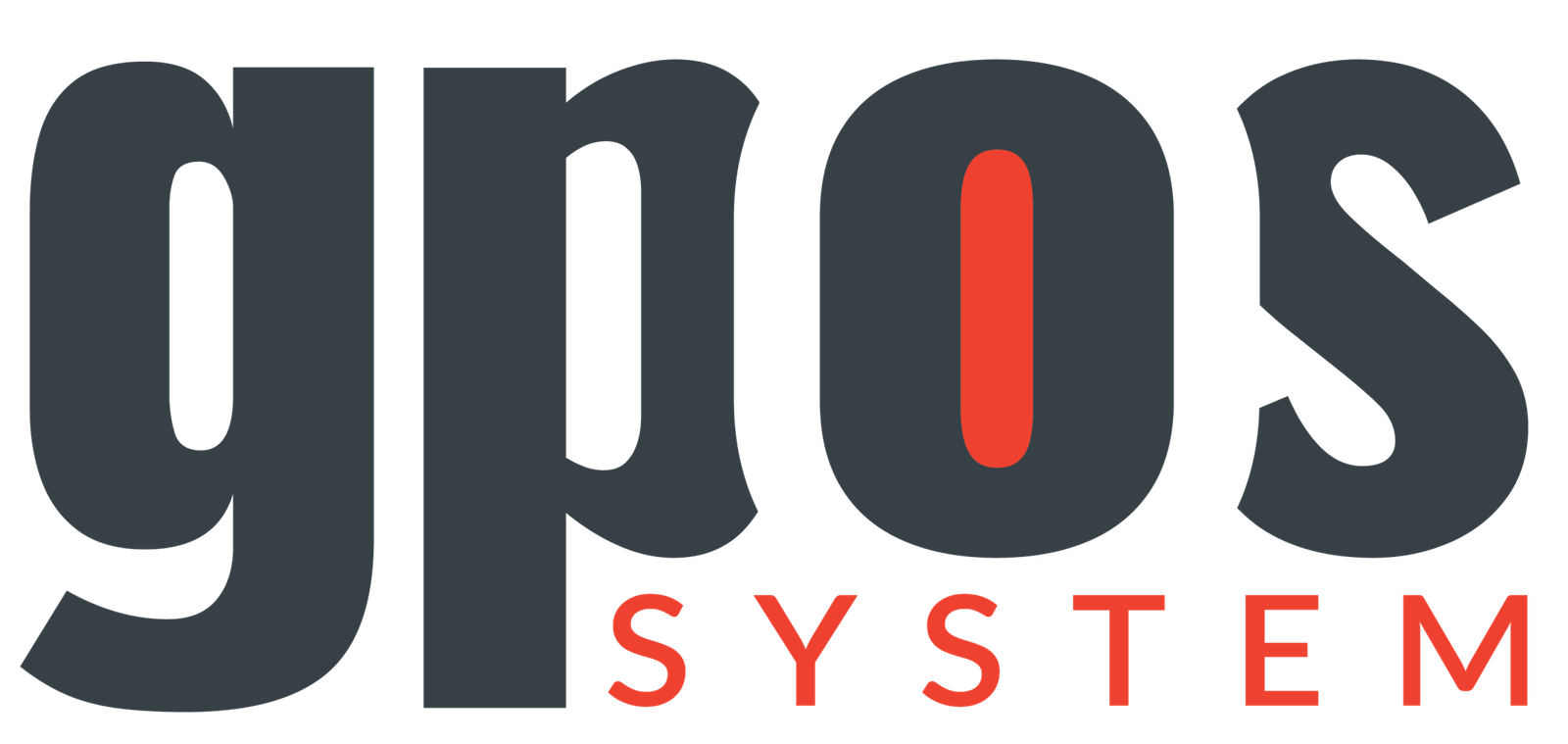How to Manage Payroll in GPOS
This tutorial will guide you through the step-by-step process of creating and managing payroll for employees in GPOS.
🛠️ Why You Need Payroll Management
To calculate and record employee salaries systematically
To manage deductions, bonuses, and allowances
To keep track of payment status (Paid/Due)
To generate payroll reports for business and compliance
📋 Steps to Create and Manage Payroll in GPOS
✅ Step 1: Go to the Payroll Module
Log in to your GPOS dashboard.
From the side menu, navigate to the “Payroll” module.
Click on “Create Payroll” or open the Payroll List screen.
✅ Step 2: Select Month and Year
Choose the Month/Year for which payroll needs to be generated.
This ensures salaries are properly grouped by period.
✅ Step 3: Add Employee Details
Select the employee(s) from the payroll list.
Each record will show: Employee Name, Business, Department.
A unique Payroll Voucher will be generated for each payroll entry.
✅ Step 4: Enter Salary Components
Gross Amount – Total salary before deductions.
Paid Amount – Amount paid to the employee.
Due Amount – Remaining balance (if any).
✅ Step 5: Set Payment Status
Choose Paid or Due based on the transaction.
If payment is partially done, the system will automatically calculate the Due amount.
✅ Step 6: Save Payroll Entry
Review all employee salary details.
Click on the “Save” button.
Payroll entries will now appear in the list with columns:
Month/Year
Employee
Payroll Voucher
Business
Department
Payment Status
Gross Amount
Paid
Due
Action (Edit/Delete/View)
🔐 Important Notes
Only authorized users (e.g., HR/Manager) can create or edit payrolls.
Payroll logs are stored for auditing and compliance.
You can generate payroll reports for any employee, department, or month.
🎯 Tips
Always verify employee attendance and overtime before finalizing payroll.
Use filters (Month/Year, Department, Status) to quickly find payroll records.
Encourage employees to review payslips for transparency.
